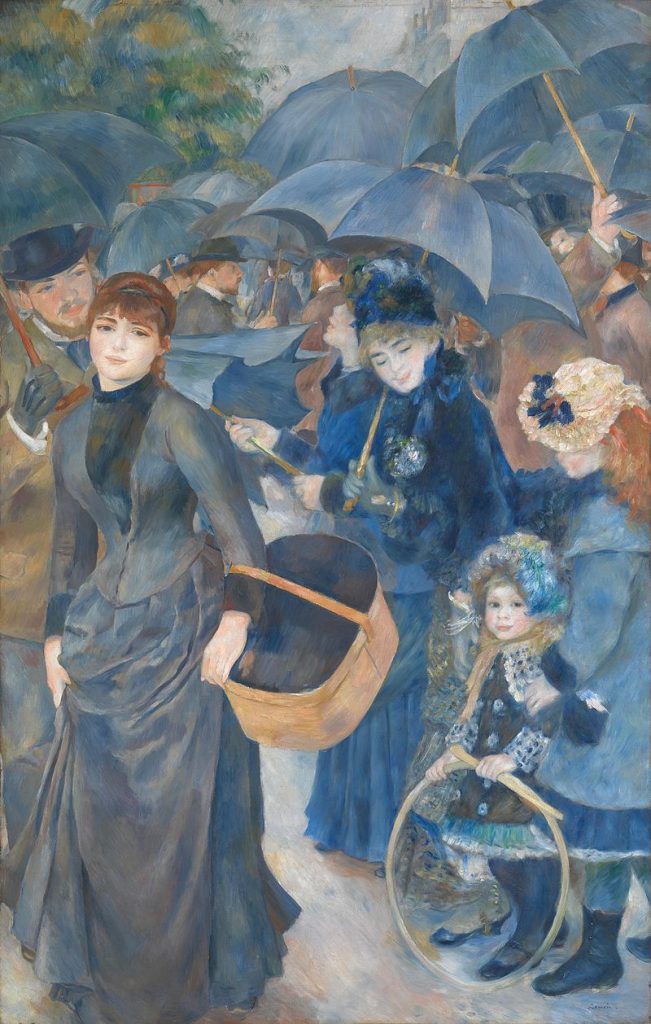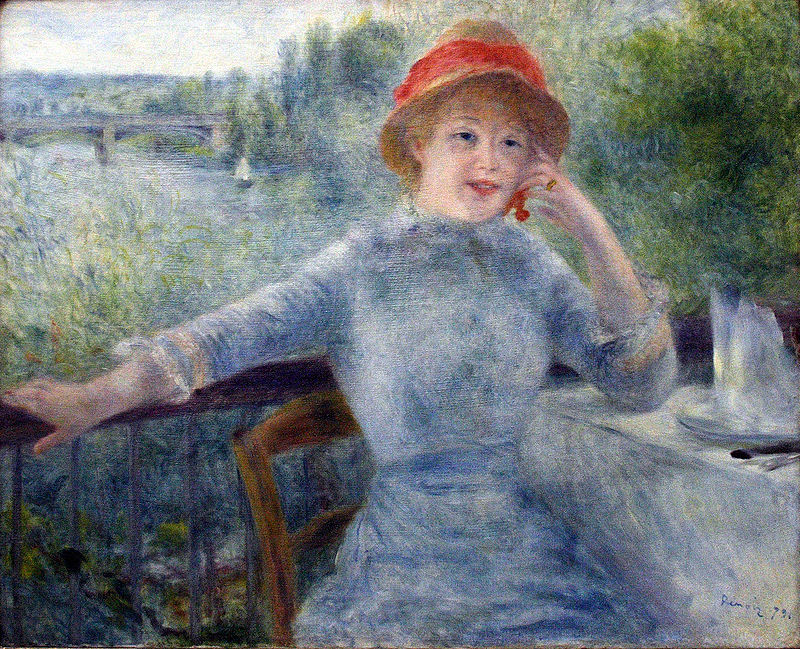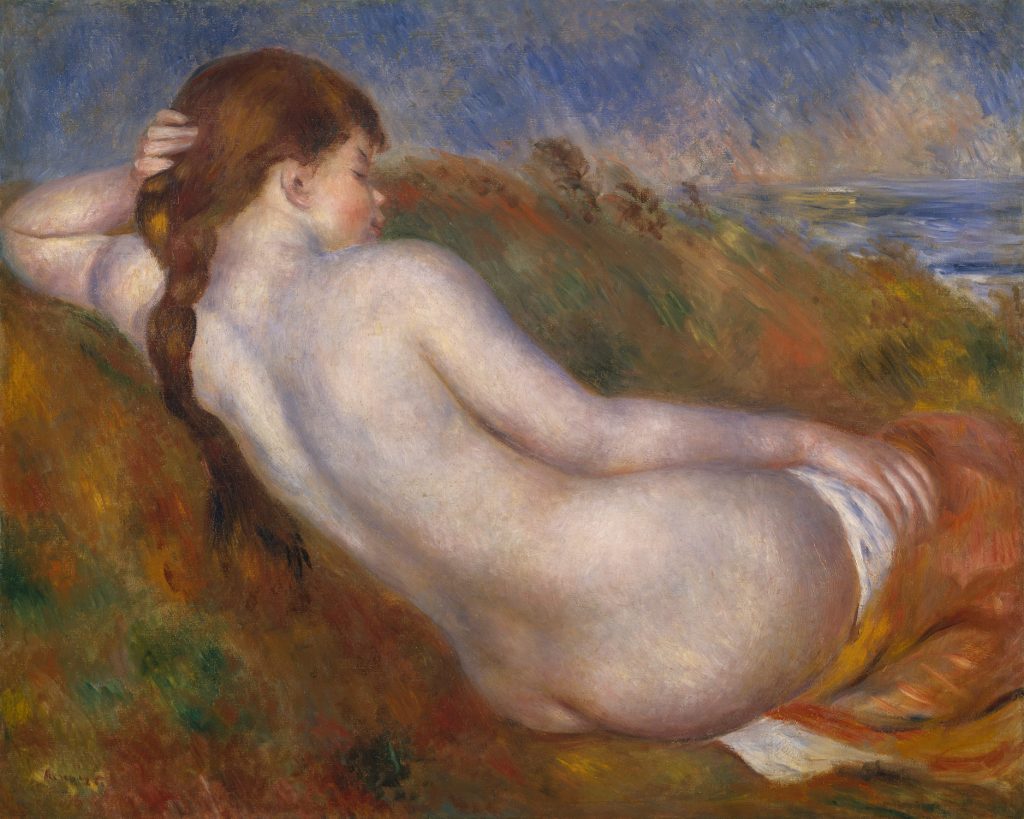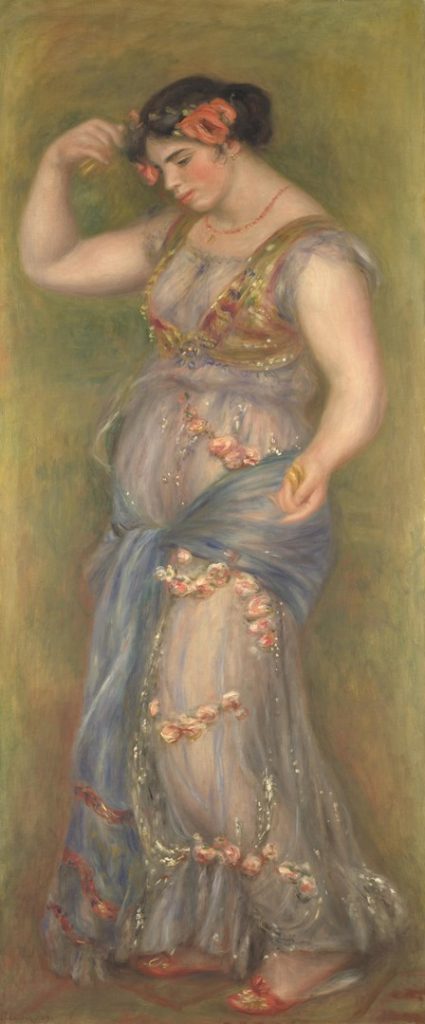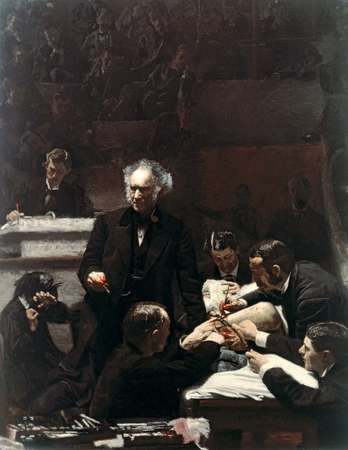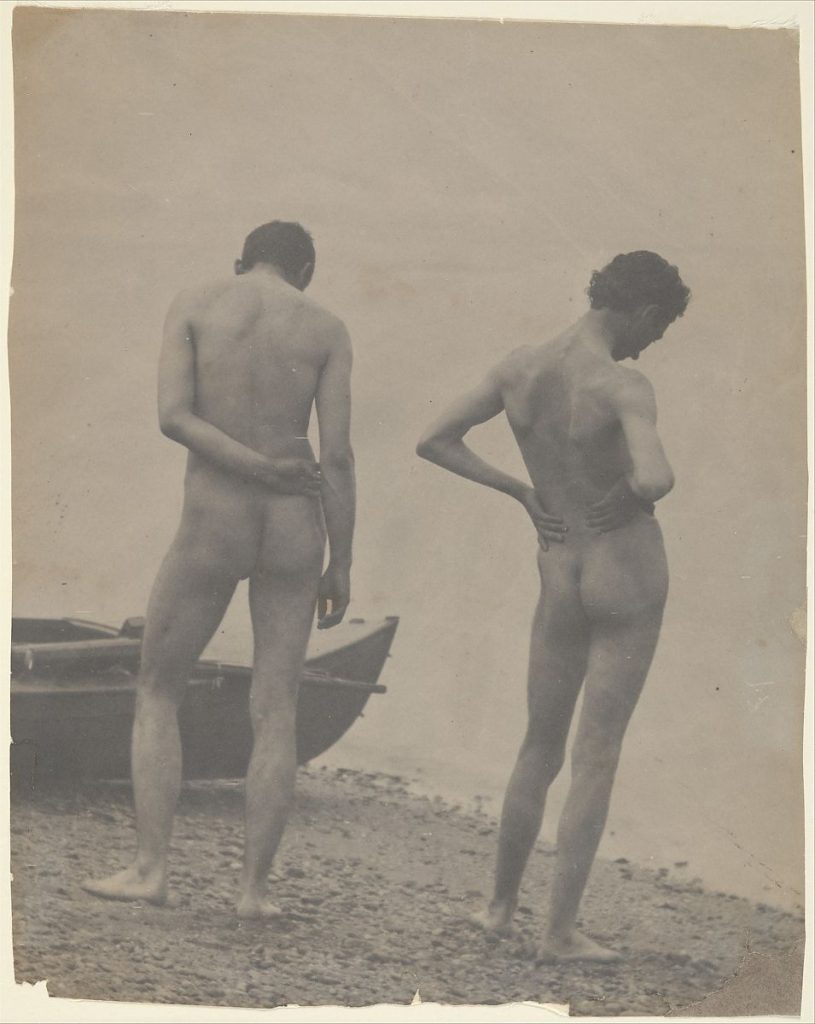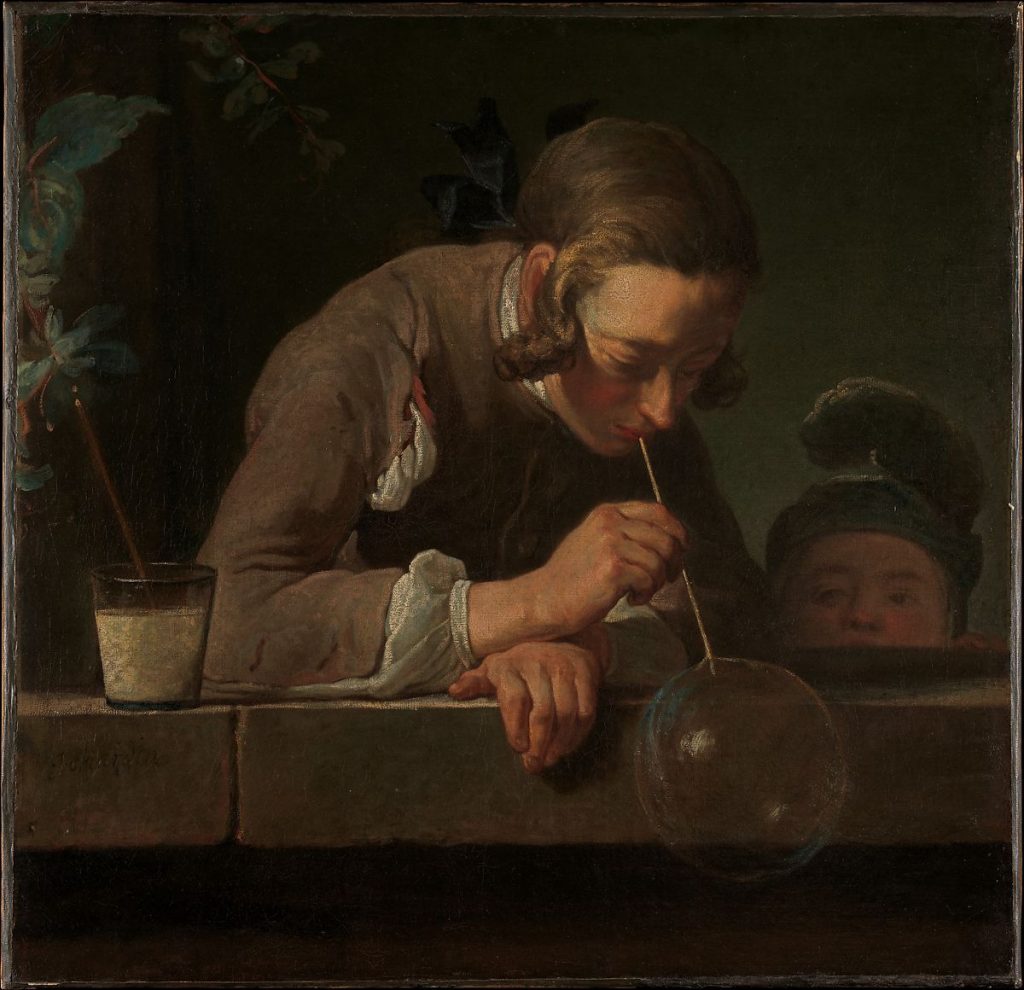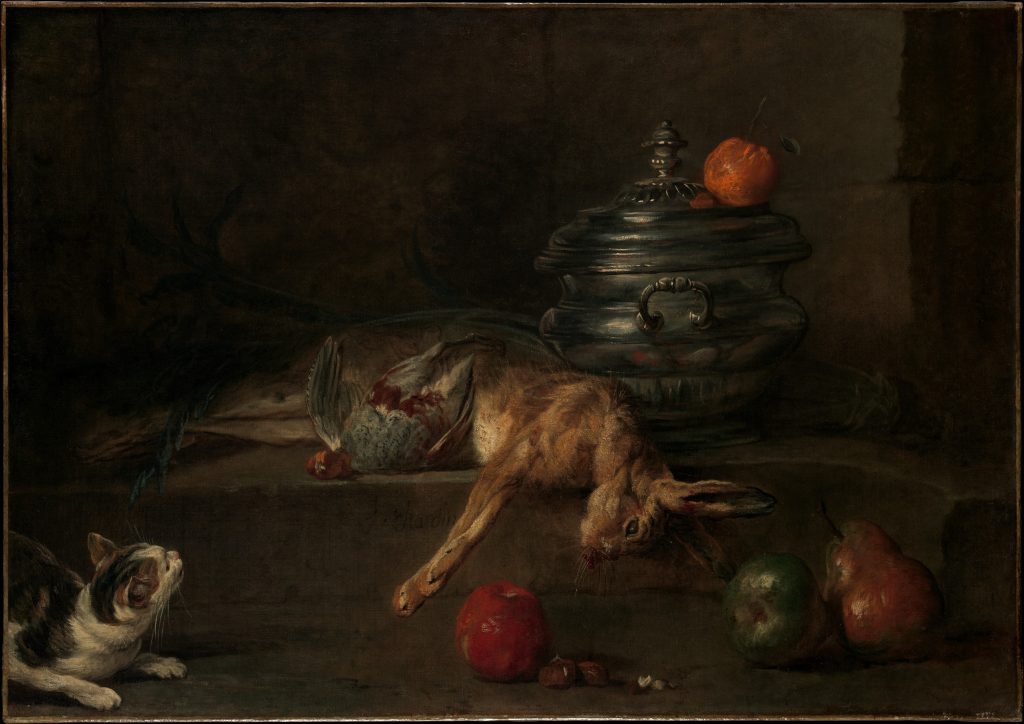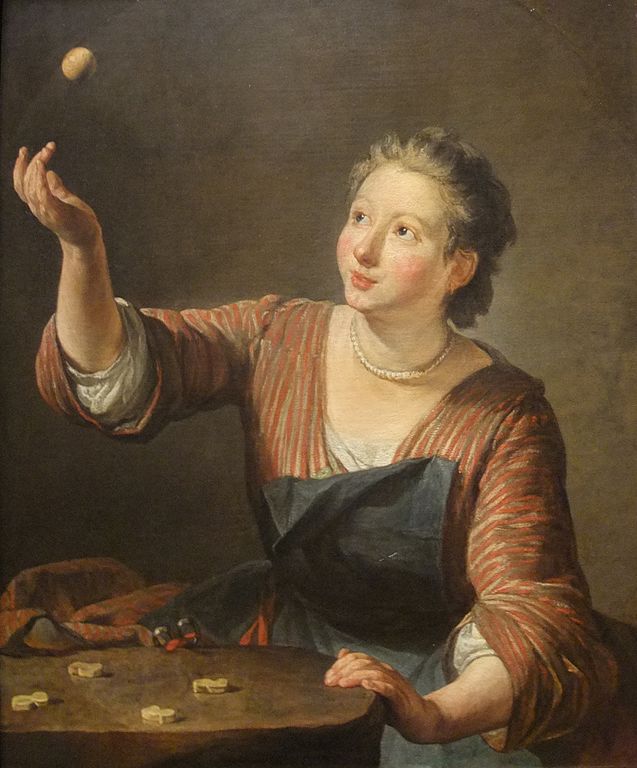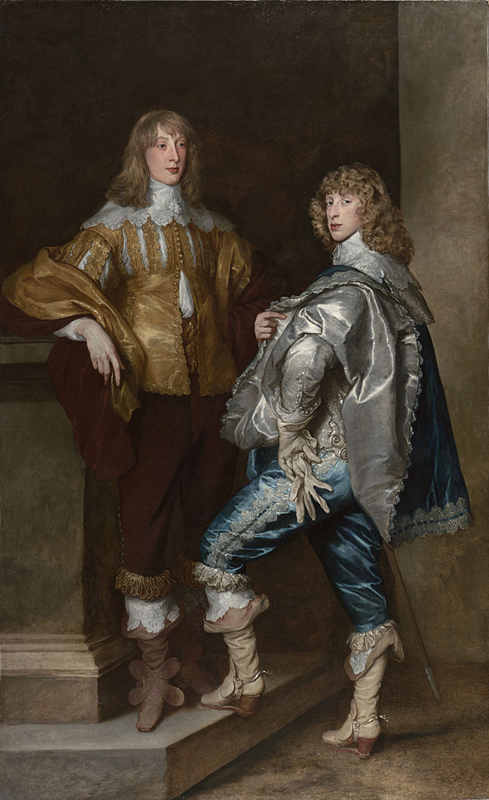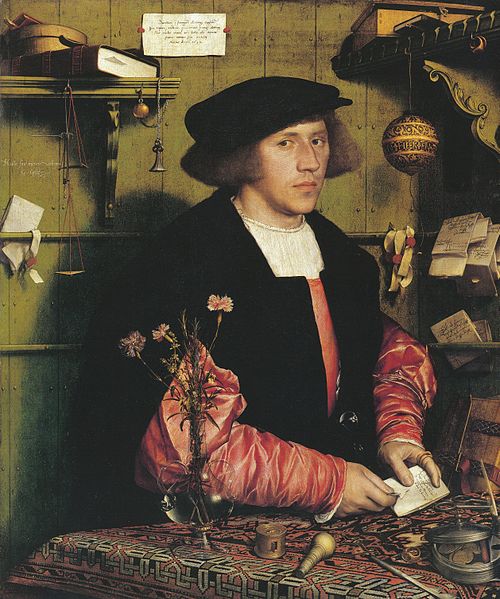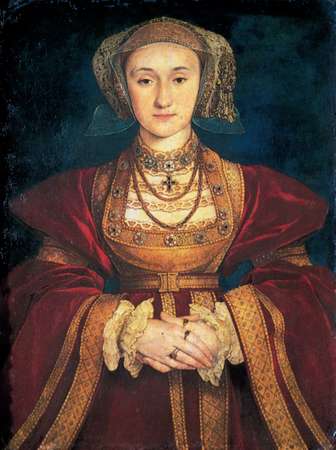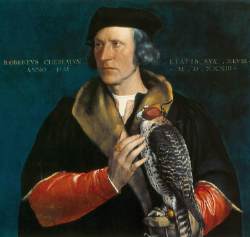Pierre-Auguste Renoir was born February 25th, 1841 in Limoges, France. He attended the École des Beaux-Arts and at the studio of Charles Gleyre in 1862. Using these traditional classes as a foundation, he began to experiment with his art after meeting peers that shared his discontent with traditional art. He painted in the forest of Fontainebleau with his peers Claude Monet, Frédéric Bazille, and Alfred Sisley, where they developed their impressionist style. Inspired by the works of Gustave Courbet, Renoir worked on his most notable works, which were portraits and nudes of women. Alongside Monet in 1874, he created an independent artist’s society called The Impressionists, where those rejected by the Salon could exhibit their work. Although, in 1878 Renoir decided that Impressionism was not permanent like the works of old masters, and he left the exhibition to develop his work. This caused his figures to become more distinct, while the background kept its impressionist style.
In his earlier years, Renoir’s portraits seem to have very striking eyes. He gives the pupil and iris a very bold colour compared to the rest of his piece which is softer and more blended. It is interesting that following his study of old masters that his portraits no longer seem to face the viewer with their bold eyes, and their faces are less flat than they previously were. For example, The figures in The Umbrellas compared to the figure in the Dancing Girl with Castanets have much flatter faces and expressions but their eyes immediately catch your attention.

